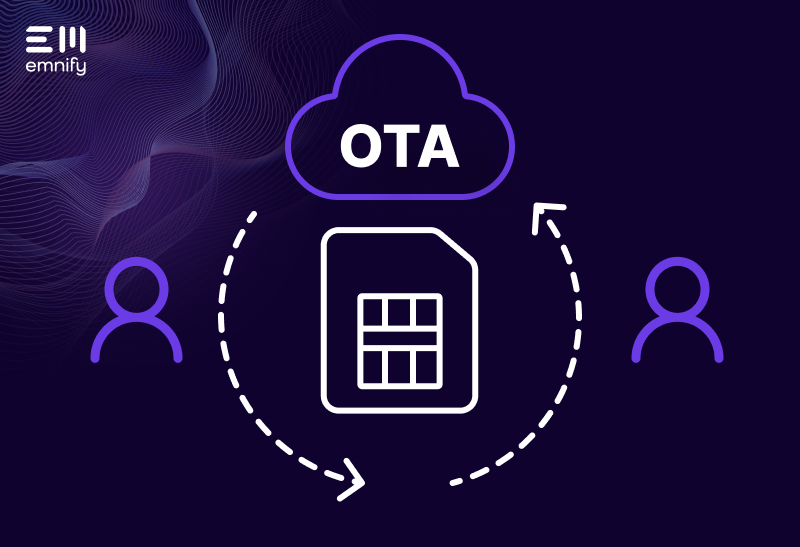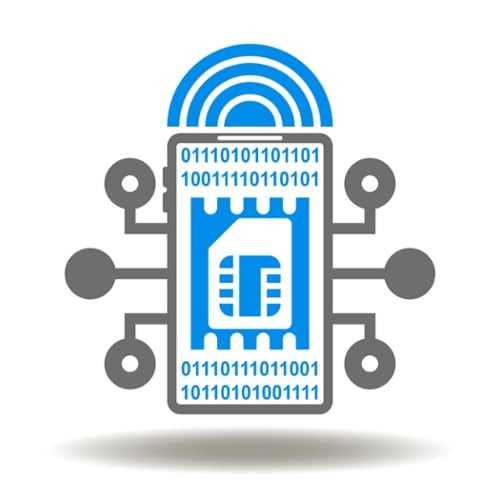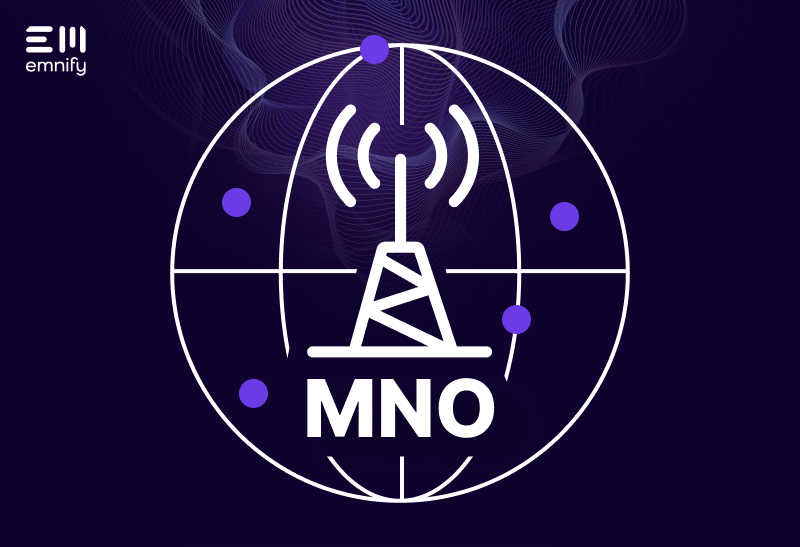

Quick definition: Over-the-Air, often abbreviated as OTA, is essentially just a synonym for “wirelessly.” If something can be done OTA, that just means it happens through a network without a direct hardwired connection.
OTA provisioning refers more specifically to the process of updating or modifying something wirelessly. In cellular IoT, this most often refers to updating firmware and managing SIM cards.
OTA updates in IoT often refer to device firmware updates. These OTA updates are a cornerstone of ensuring device security. OTA allows you to fix bugs and security vulnerabilities while using the device in the field. OTA firmware updates use cellular connectivity.
Nevertheless there are also two OTA technologies directly affecting the SIM cards. These OTA technologies allow changing the content of the SIM card or even changing a full operator profile. Even SIM cards need updates to ensure that they include the latest security standards and have the latest optimized configuration for accessing the network.
While Subscriber Identity Modules (SIMs) are usually removable, manually swapping them out or modifying them is extremely inefficient. That’s not a burden you want to place on your customers, and if you had to coordinate manual provisioning every time your customers needed it, it would significantly disrupt both of your businesses.
OTA provisioning makes managing your devices’ cellular connectivity simple and straightforward. You just have to have the right tools to do it.
Here are some key pieces of technology that enable OTA provisioning in cellular IoT, as well as the situations where provisioning SIMs OTA benefits your business and your customers the most.
Provisioning a SIM profile OTA
A SIM profile is everything on a traditional SIM card—the filesystem, the applets, the encryption algorithms, the keys, the identifiers, and other security elements. With a traditional SIM, an operator can remotely update any of the files (including the IMSI, MSISDN, preferred network, SMSC, and more), as well as the applets and configuration parameters.
This enables the provider to do things like create new functionality (such as new security mechanisms or quality monitoring), suspend the SIM, or integrate the SIM with another carrier.
Typically, Over-the-Air provisioning relies on A2P SMS to update the SIM cards. This allows operators to update the device even when it’s not online. Newer SIM cards also support OTA updates via Hypertext Transfer Protocol (HTTP), which lets the SIM card retrieve the update from a central server.
OTA provisioning with an eUICC
One of the pieces of tech that simplify provisioning of new profiles to a SIMs Over-the-Air is an Embedded Universal Integrated Circuit Card (eUICC).
Let’s say you make car entertainment systems and your customers are in different countries. When the entertainment system is activated a specific country, than the device will first connect through a bootstrap profile and then you can update the eUICC via OTA to get a profile for a local MNO. With a standard UICC, you have to insert a new SIM card to use a different MNO profile and connect to a new list of networks.
But an eUICC can store multiple profiles. So when one profile won’t work for a deployment, you can provision the SIM with a new profile OTA without having to manually swap out the SIM card. You can also create rules that determine how the profile uses the options available to it.
The downside of eUICCs is integration. Updating a new profile requires your old operator and your new operator to integrate their Subscription Manager Secure Routing (SM-SR), which is costly. A new profile also means a new Connectivity Management Platform (CMP)—which means your customer needs to integrate with the new API and get accustomed to the new user interface. Your customers will also need to manage and update the profiles themselves.
It’s like the subscriber is saying, “I’m pausing my relationship with this MNO and resuming my relationship with that one.”
For global deployments, this means you’ll be stuck managing contracts and guidelines with multiple carriers, potentially adding a new contract with each deployment in a new region. And if your customer needs to switch while the device is in use, they could experience disruptions while you provision the SIM.
At scale, OTA provisioning with an eUICC can cost your business tens of thousands of dollars. Every time you add a new profile, the operators have to integrate their SM-SR, and you have to integrate with a new platform.
This is certainly better than manually installing a new SIM card, but it’s also clearly not the simplest way to provision your SIM Over-the-Air.
Managed provisioning with a Multi-IMSI SIM card
Having the right operator profiles is a must for global deployments and applications where your customers may need to switch carriers to get a better signal or lower data costs.
The basic concept of multi-IMSI SIM cards is similar to the benefit of an eUICC: traditional SIM cards store a single International Mobile Subscriber Identity (IMSI), whereas a Multi-IMSI card has multiple. But there are fundamental differences—multi-IMSI SIM cards already bring the profiles on board and switch automatically between the profiles when entering new countries.
Every IMSI has a fixed list of operators it can connect to. This list is based on your primary carrier and the roaming agreements they’ve negotiated with other MNOs.
With a Multi-IMSI SIM card, assume the case the device wants to a network that’s not on the IMSI’s list. Instead of changing profiles and juggling the transition from one carrier to another, you’re changing identities. The device is effectively saying, “I’m a different subscriber now, so I have a different carrier.” This new IMSI gives you access to a new list of available operators, according to your new carrier and their roaming agreements.
The downside of a standard SIM with a multi-IMSI applet is that adding a new profile is not possible - while there are ways to make small adjustments via a standard OTA mechanism.
Combining eUICC with a Multi-IMSI SIM card
For eUICC you’re navigating multiple contracts and carrier relationships. With a standard Multi-IMSI SIM card, you are stuck with the available functionality and profile during the device lifetime. So having an eSIM with a profile that is multi-IMSI capable provides the best of both worlds - there is automatic switching between identities without changing the management platforms while still having the possibility to update the profile over-the-air.
So with the emnify IoT eSIM that have a multi-IMSI applet you don’t need to define rules or manually switch profiles. Instead, we preconfigure your eSIM cards with the best combination and update them regularly. Your SIM automatically switches to the network with the best signal without extra cost. And no matter which profile your devices use, they’re all managed in the same platform.
Let emnify handle your OTA optimization
emnify is an all-in-one, end-to-end connectivity solution for IoT manufacturers. We work with customers to determine the right technology for your application, then give you the tools to create truly global deployments that connect right out of the box. From Multi-IMSI eUICC SIM cards to a communication platform that lets you connect, integrate, operate, and secure your devices.
Get in touch with our IoT experts
Discover how emnify can help you grow your business and talk to one of our IoT consultants today!

Bronwyn Hemus
With a career spanning over 18 years in storytelling and content creation, Bronwyn translates technical concepts and ideas into snackable and easy-to-digest content.



